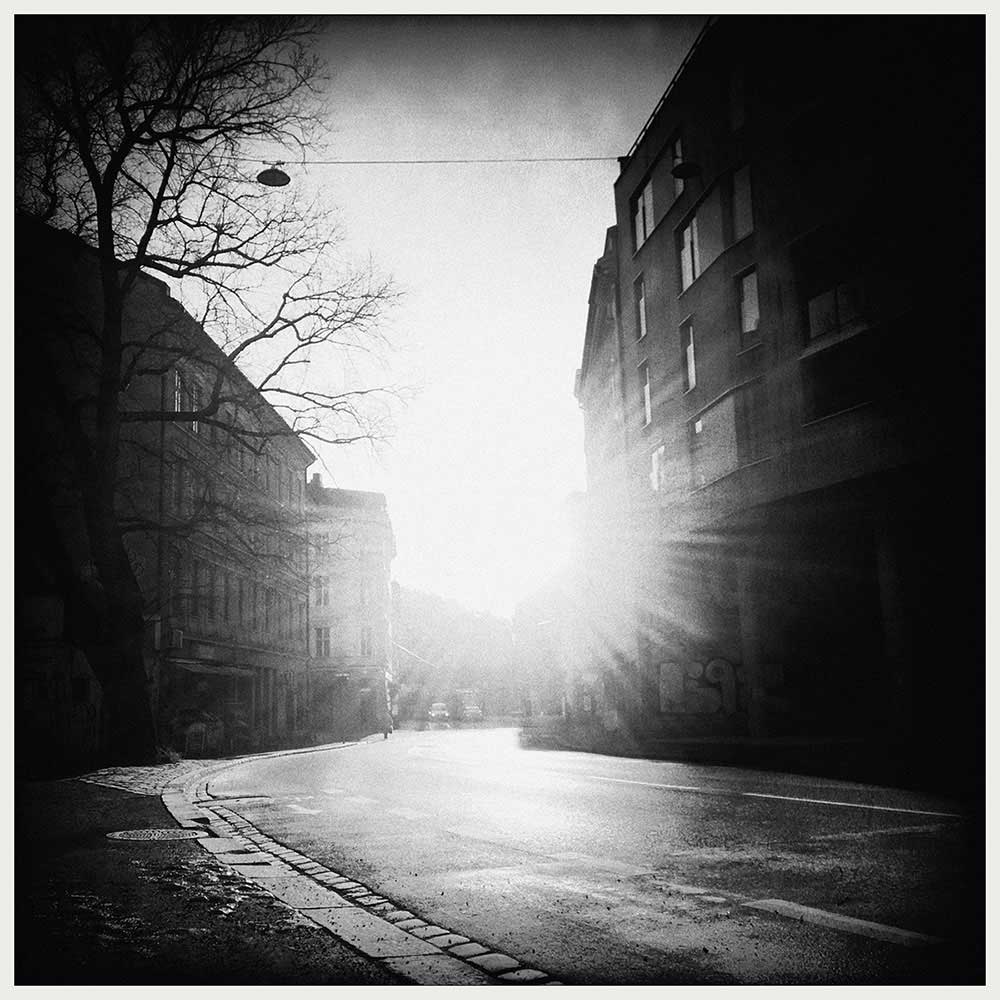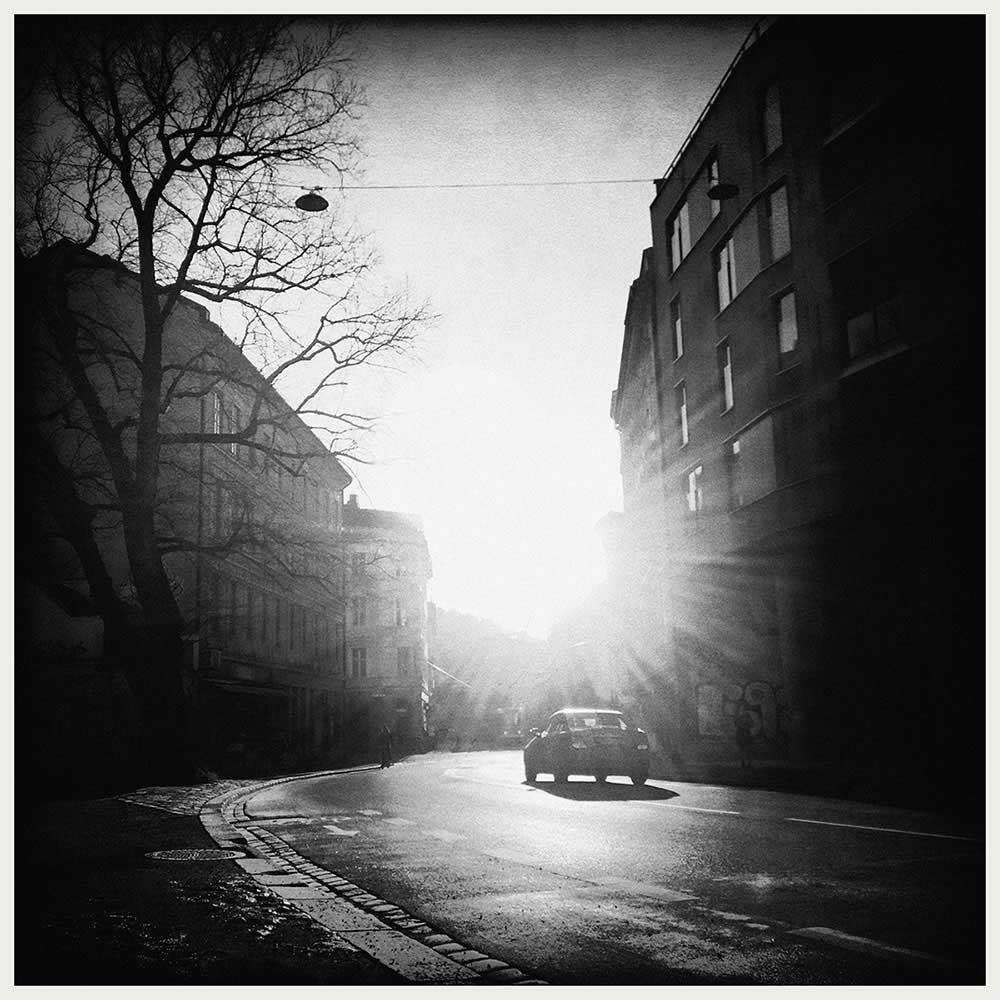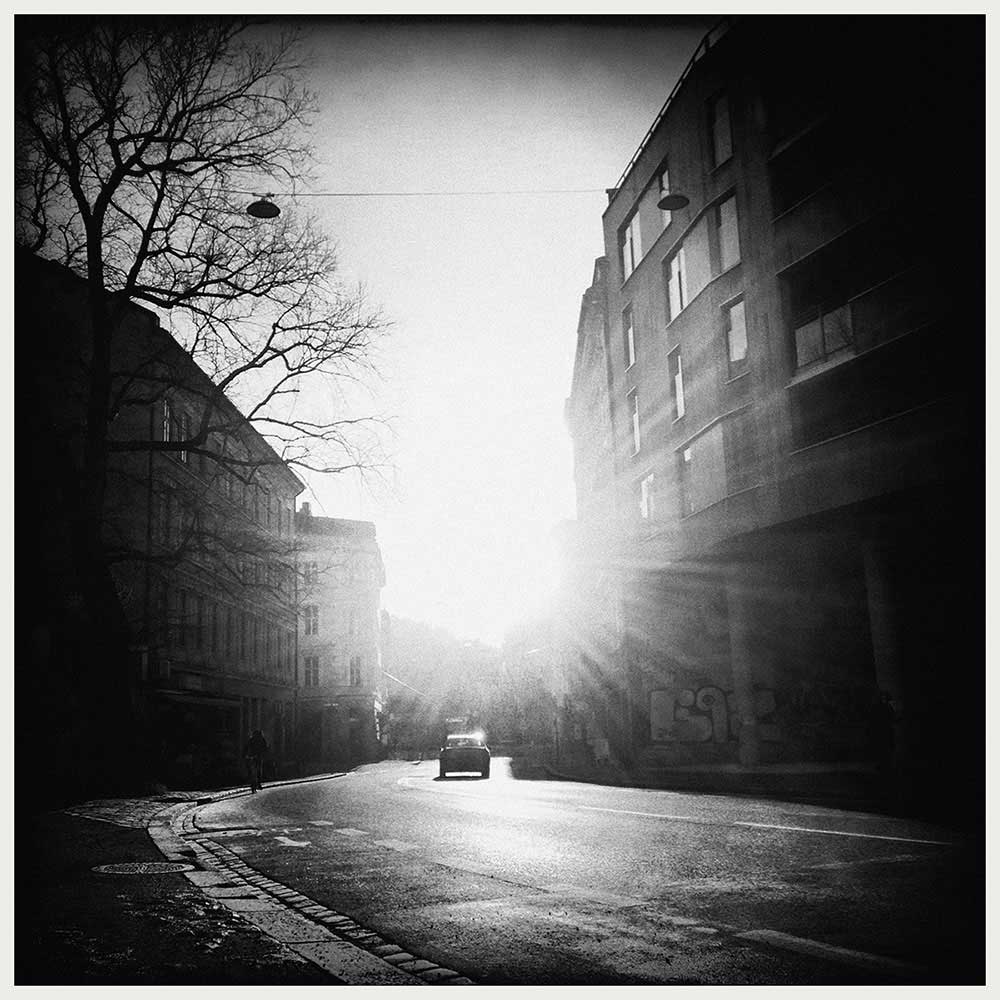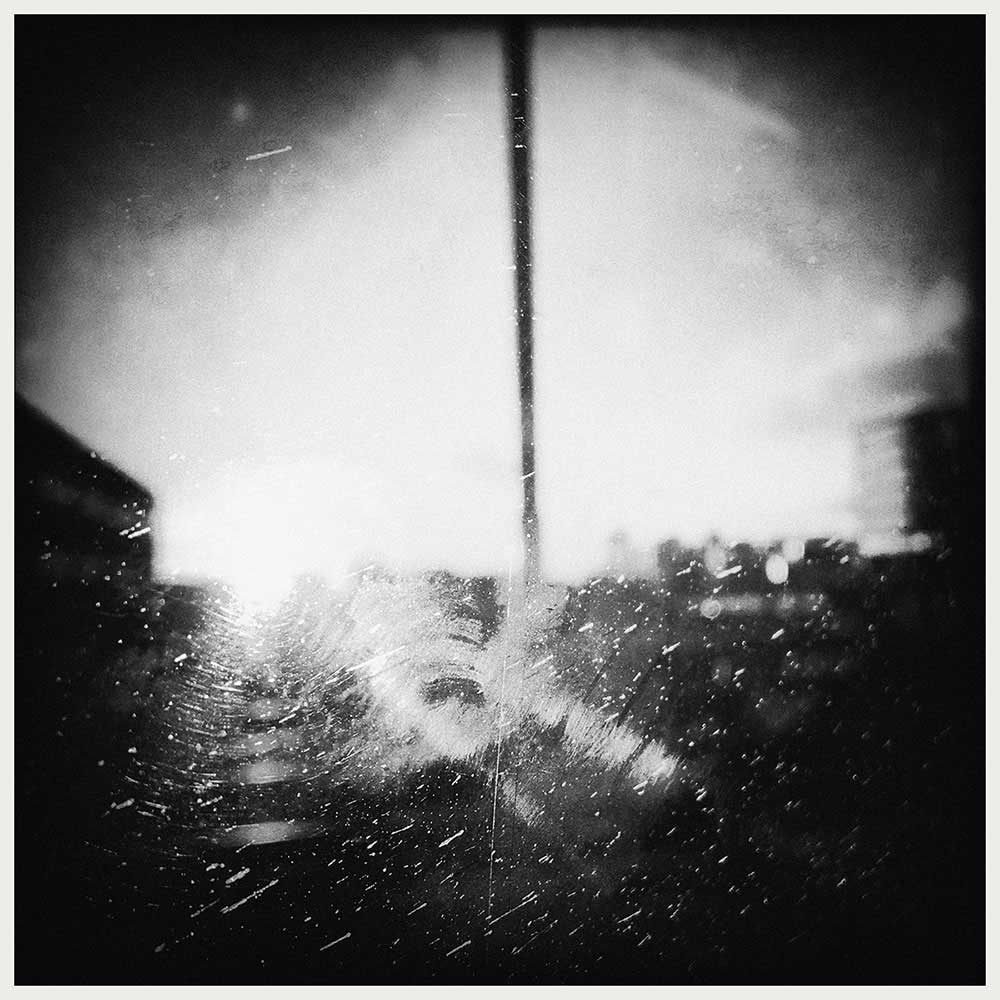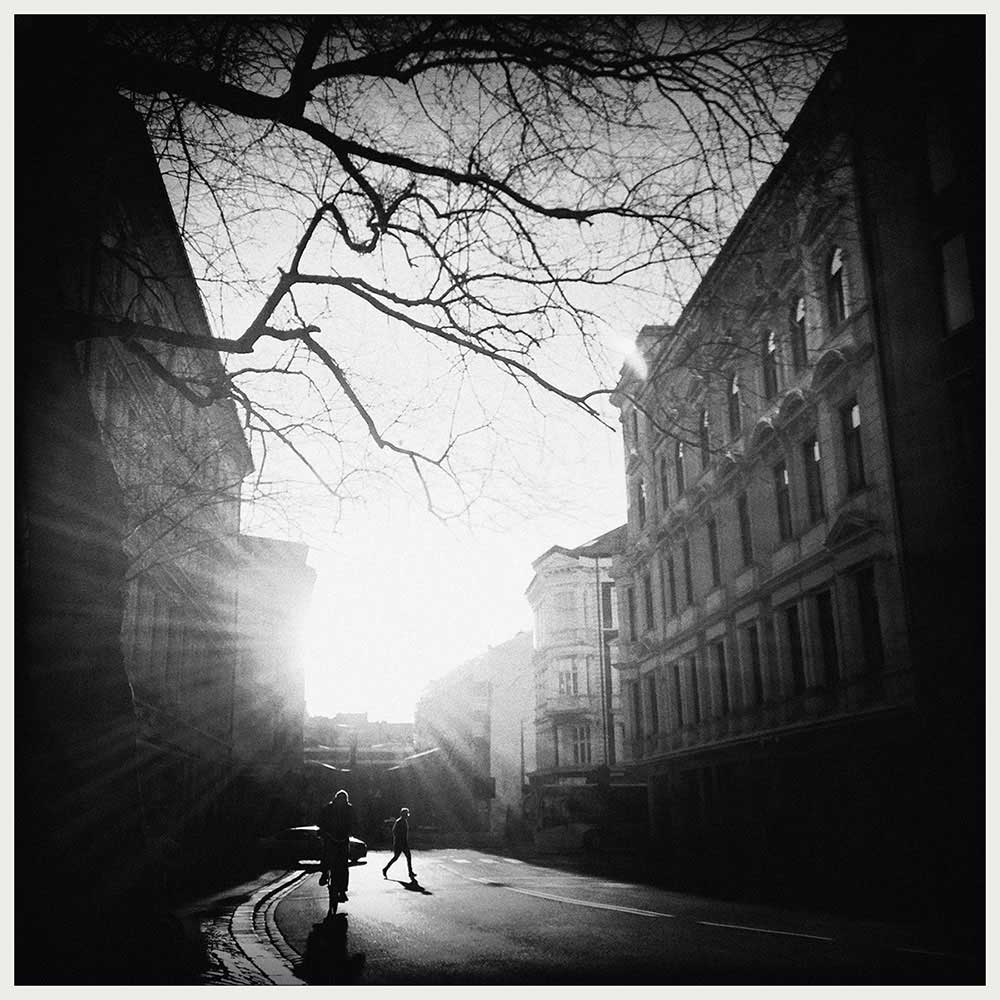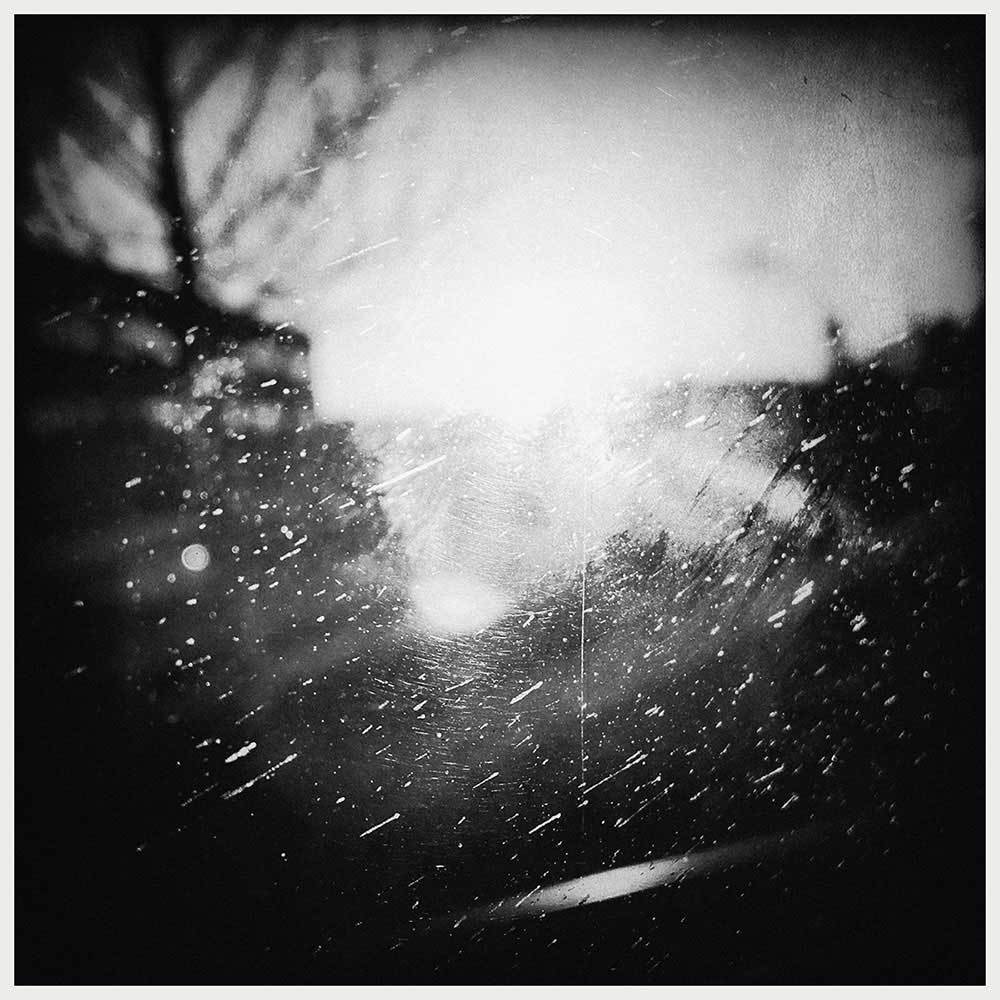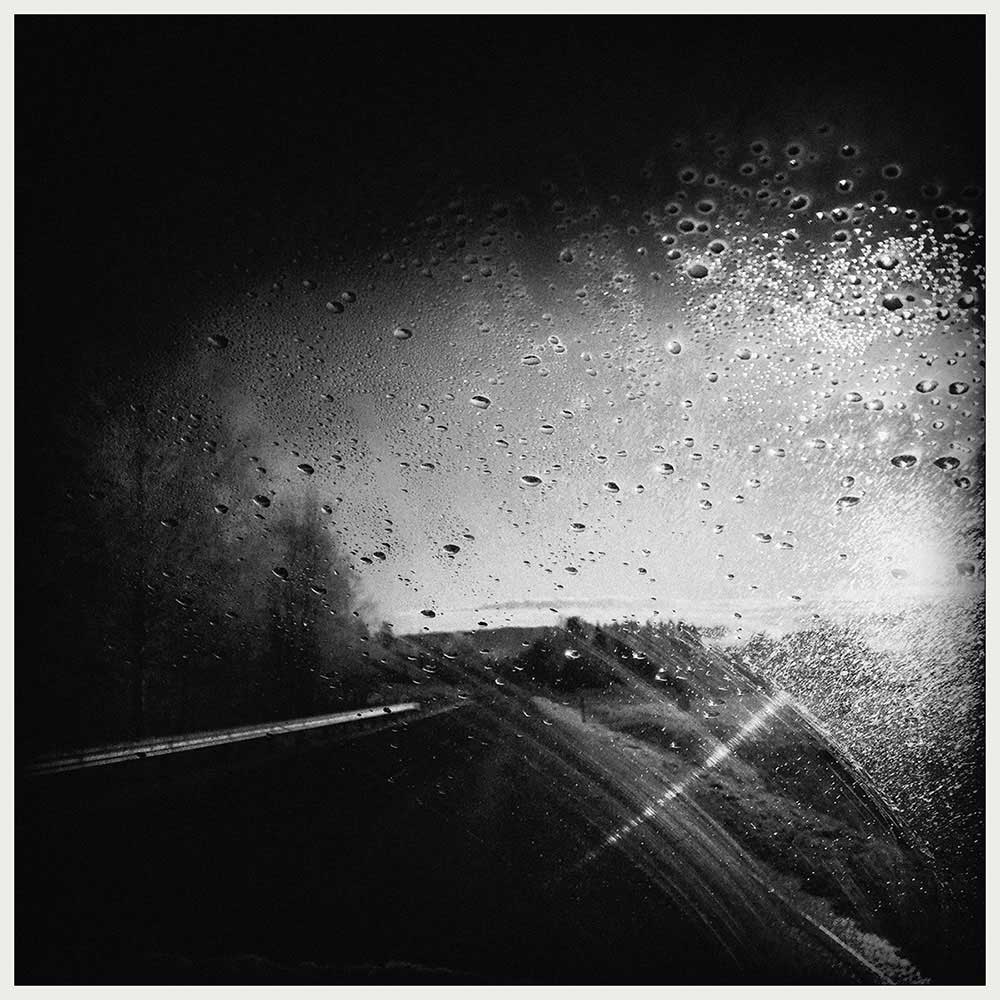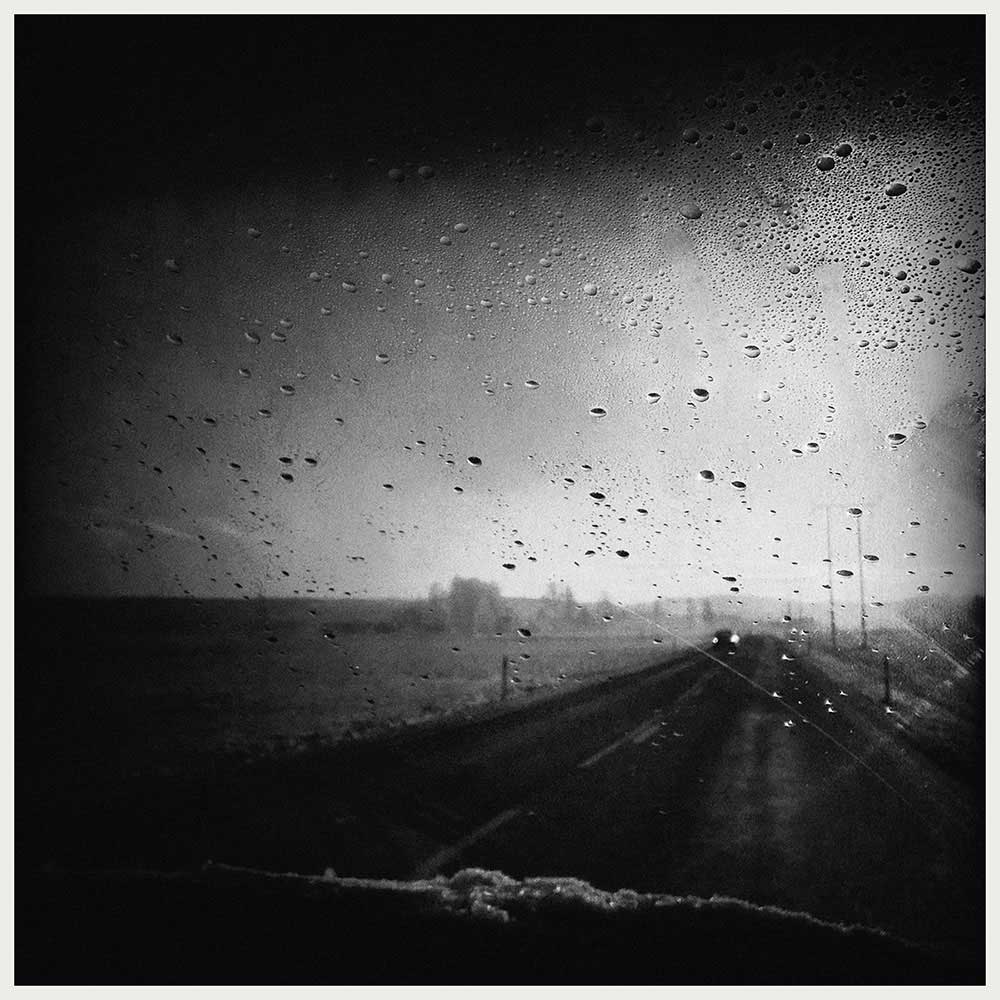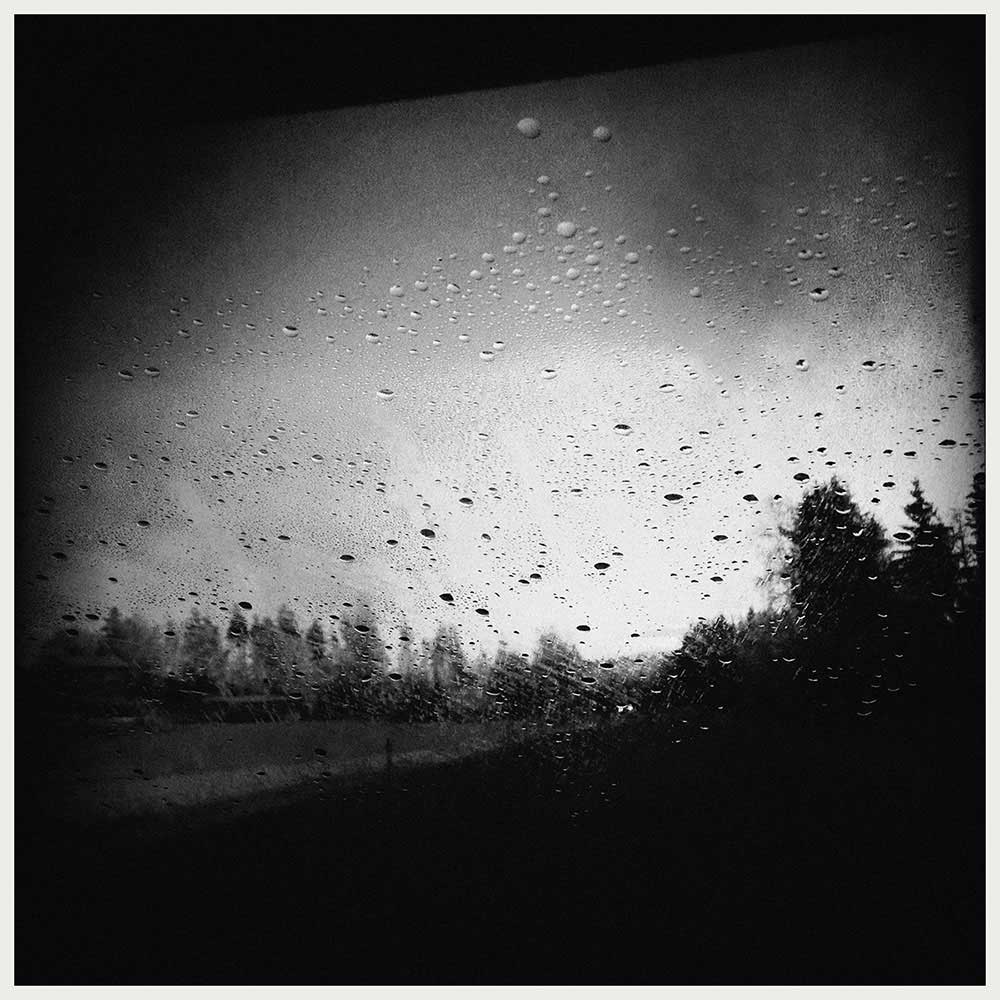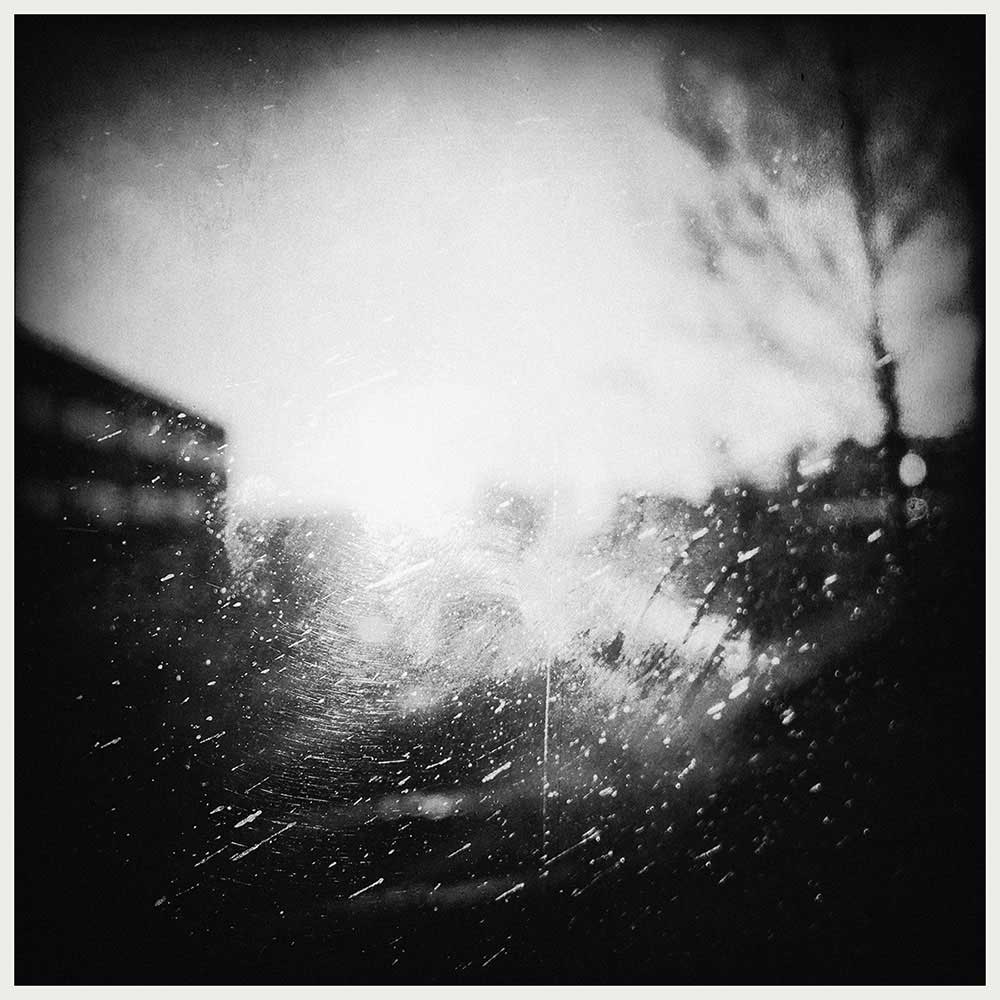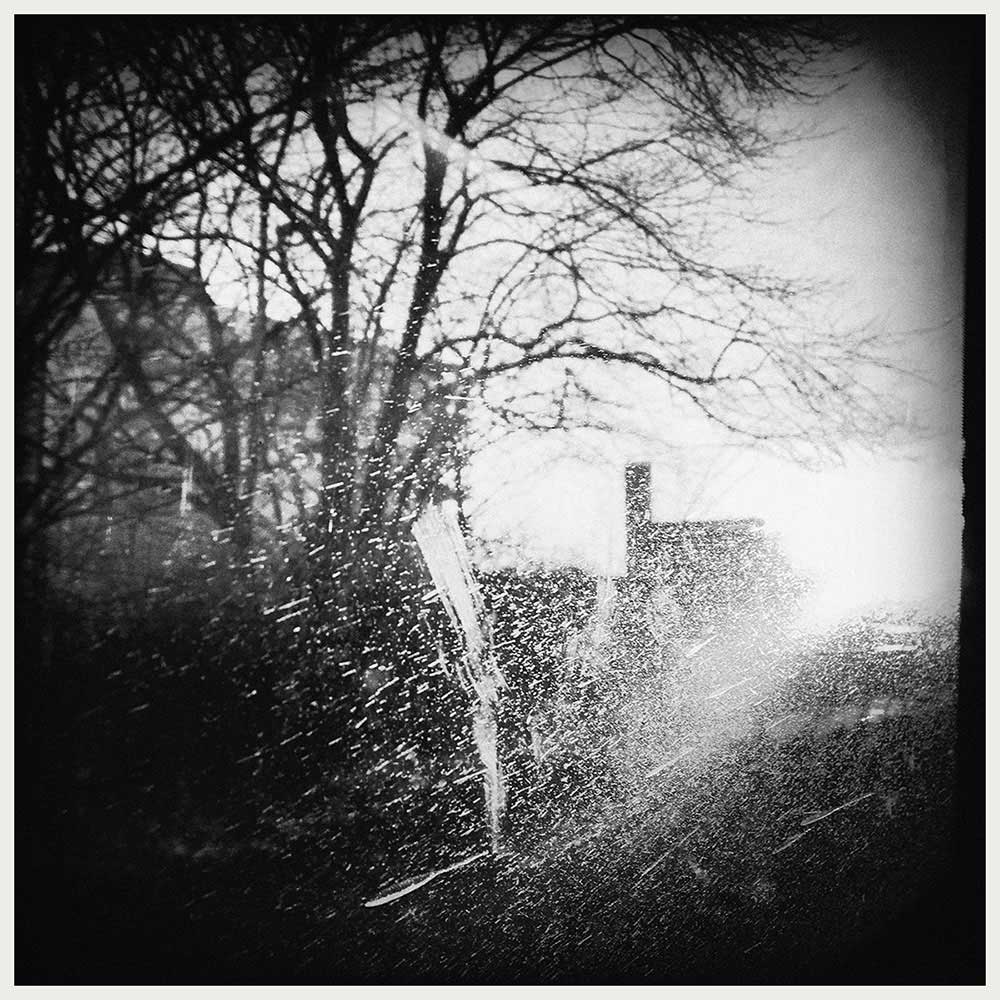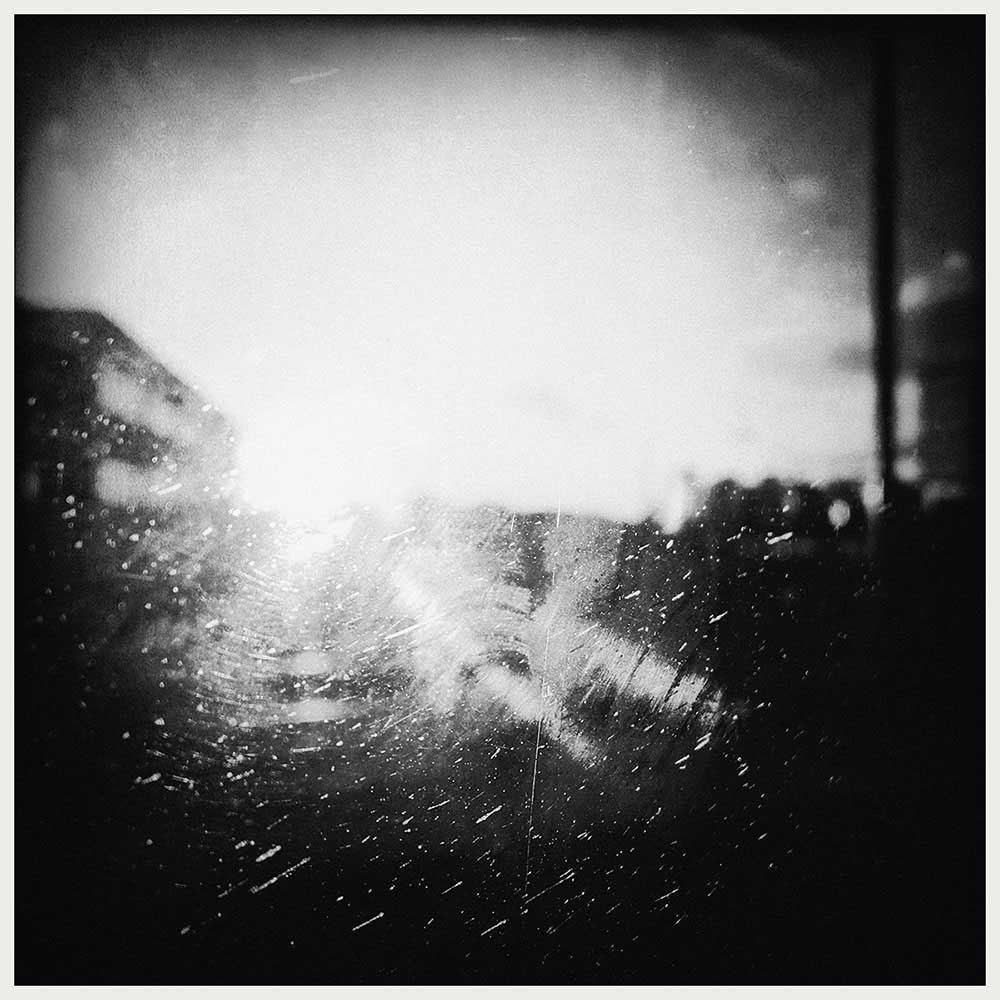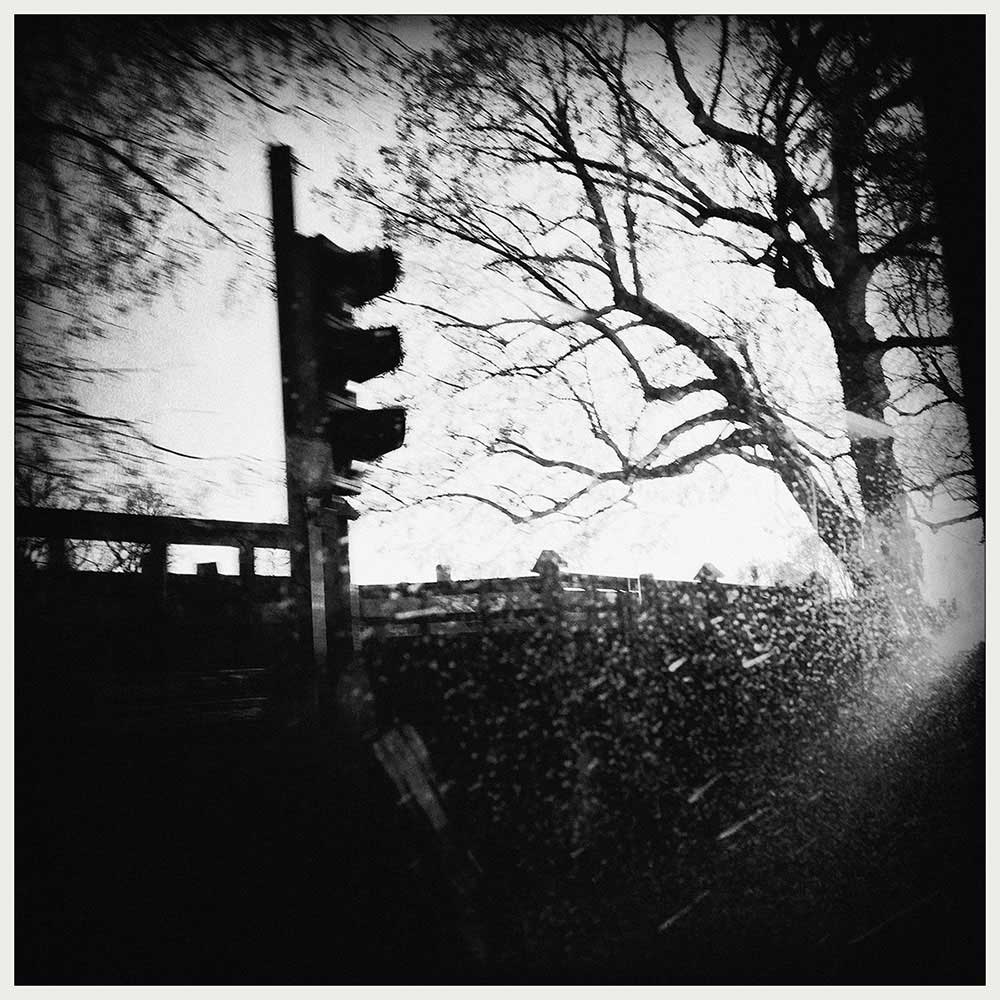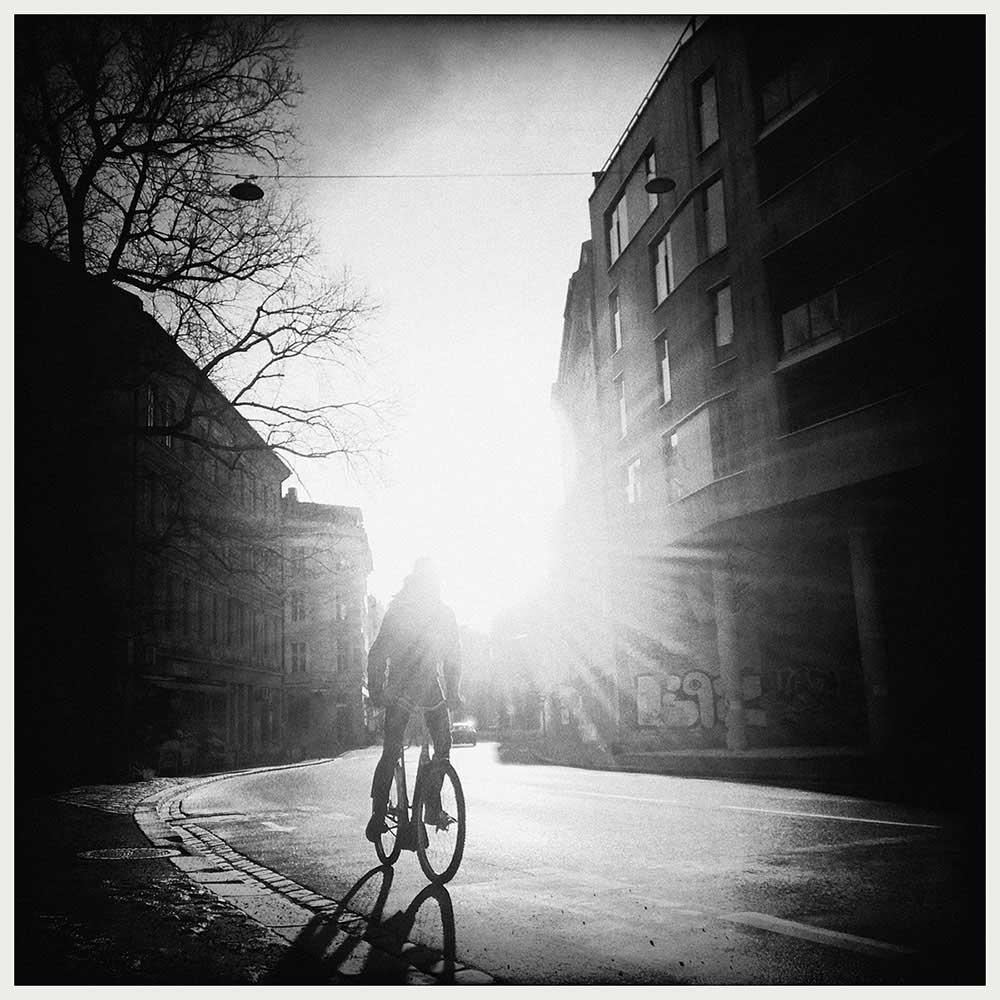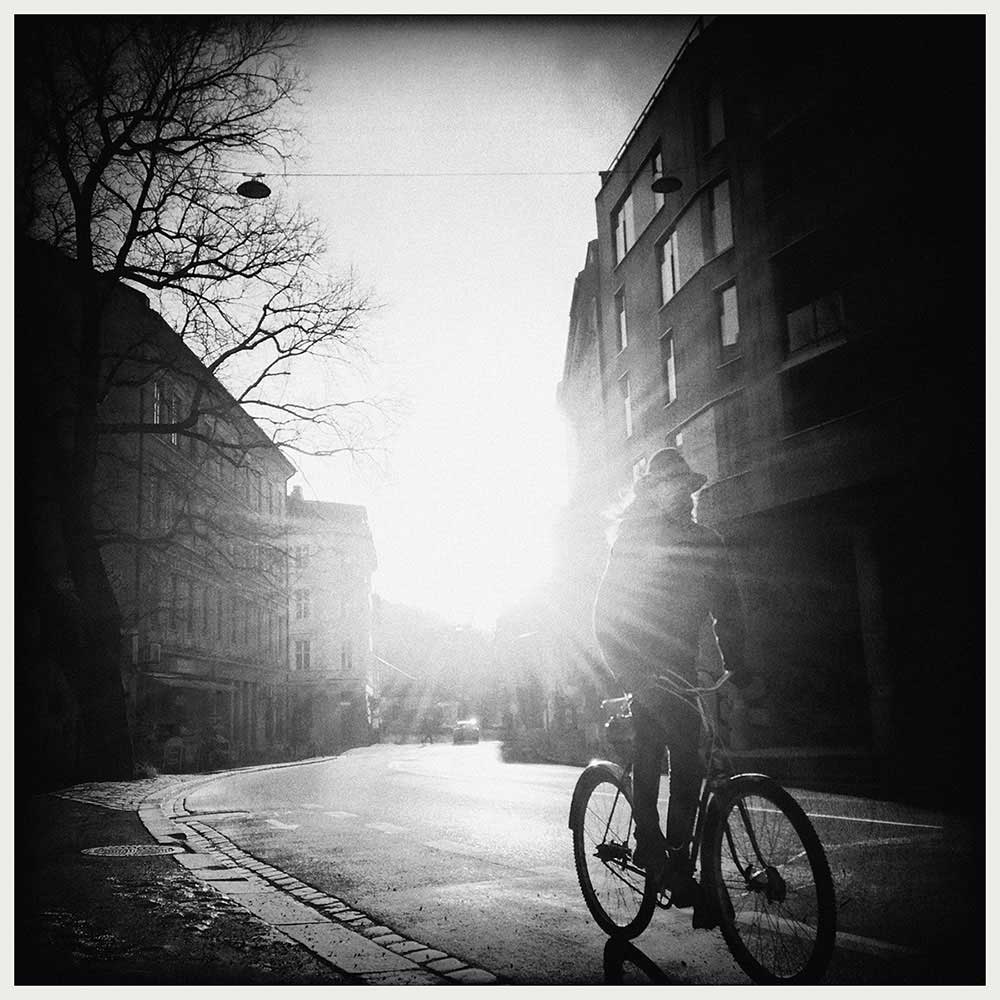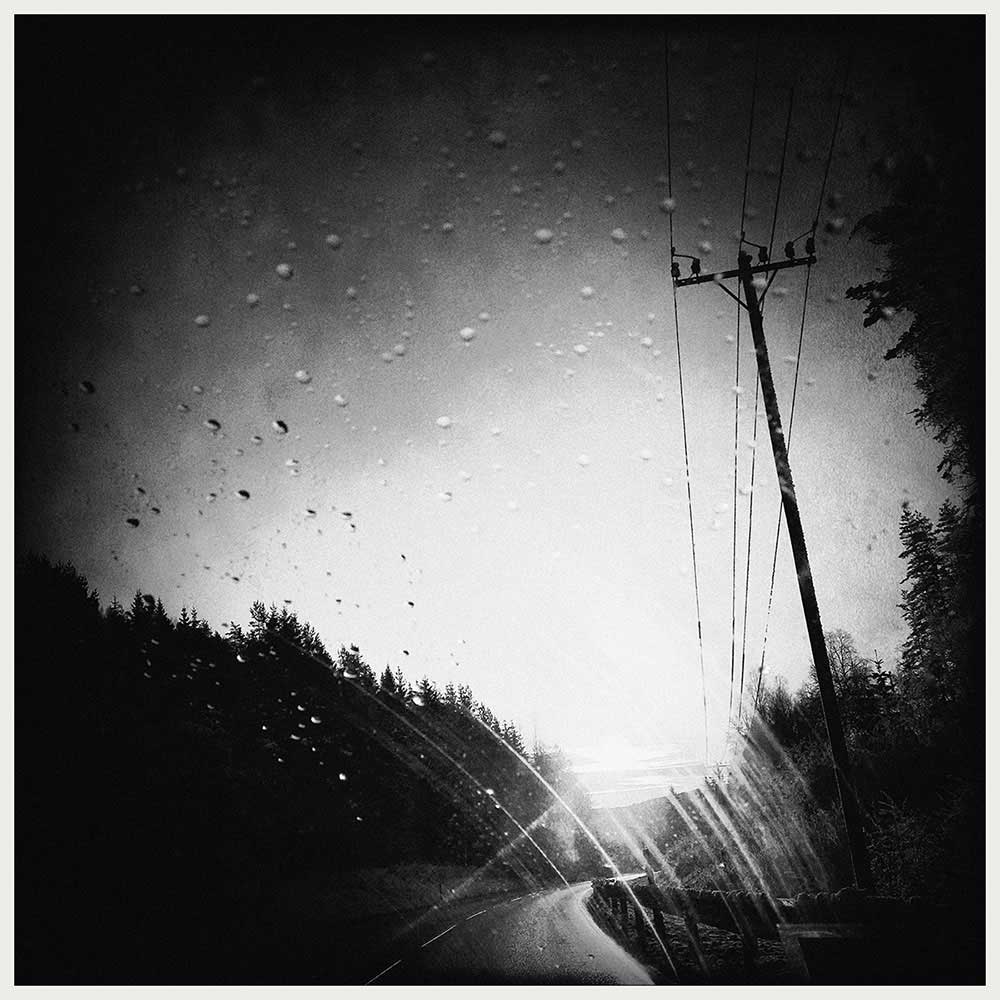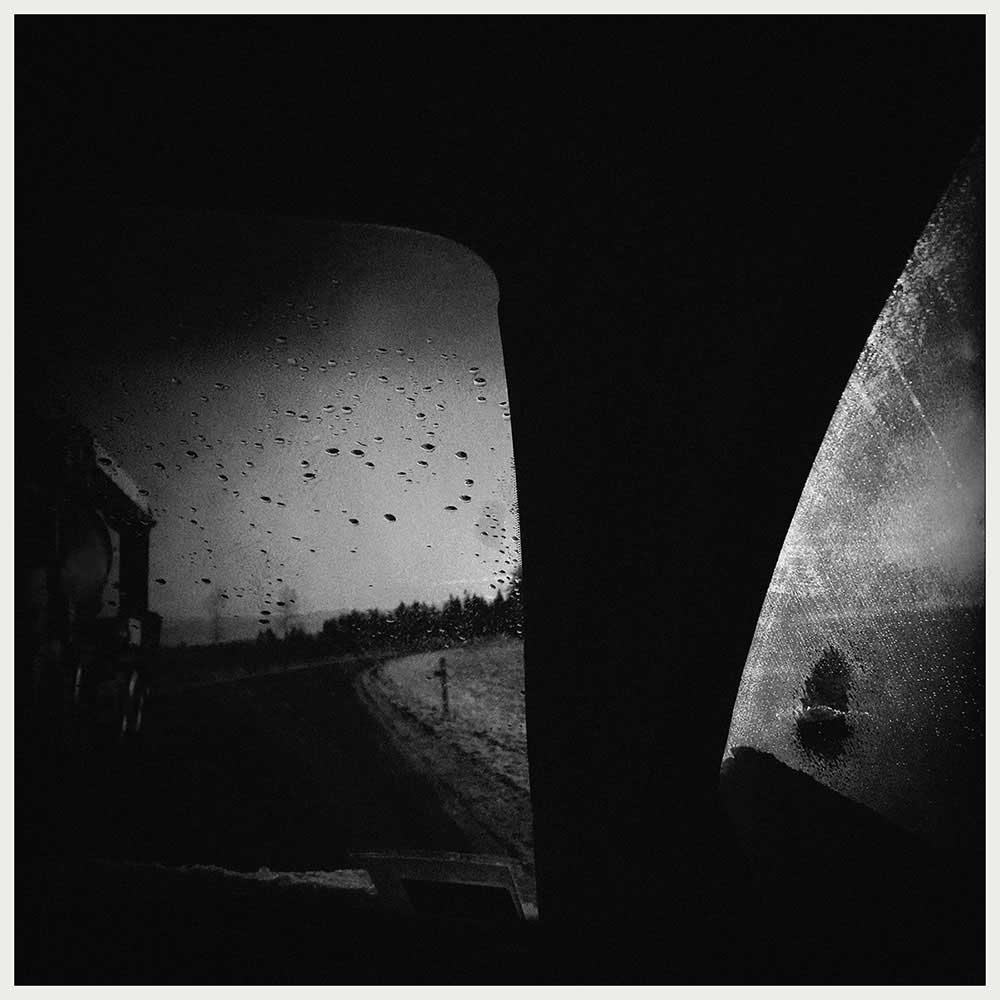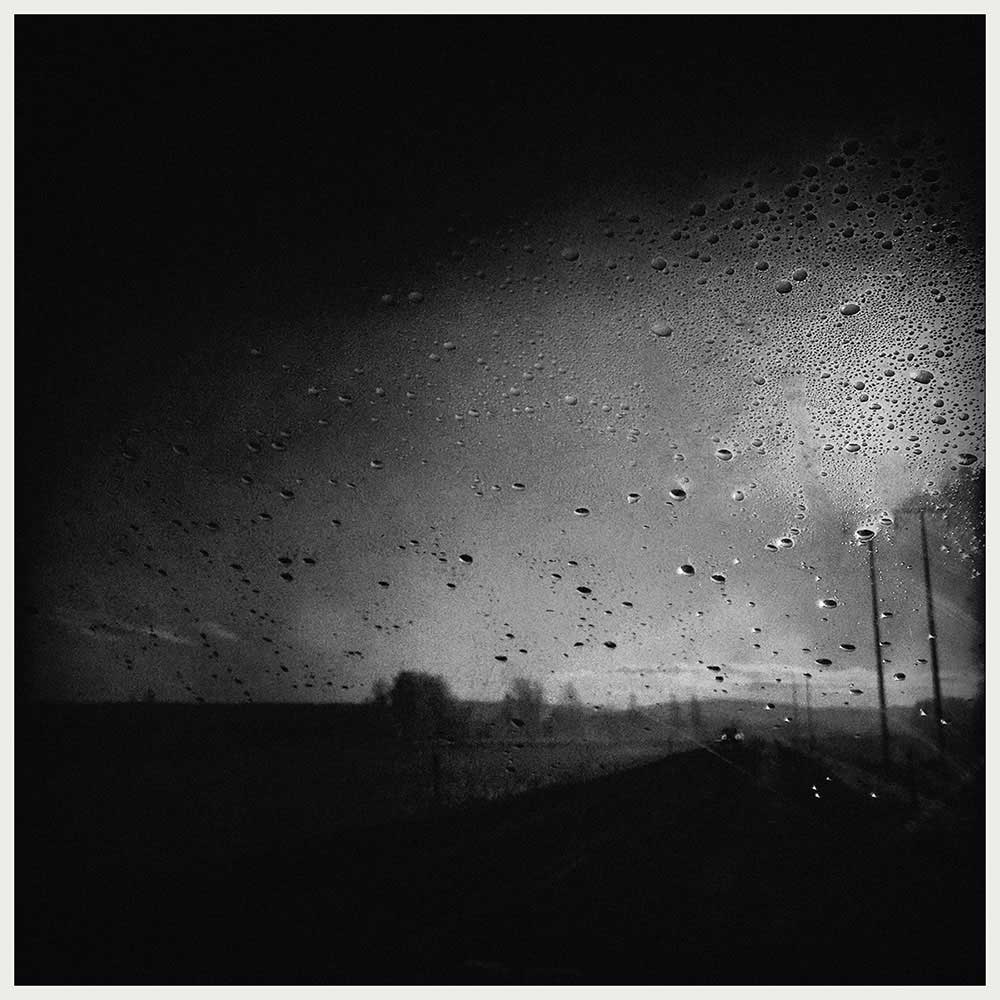The streets carry our stories. People drifting, with no destination. People going to and from – habitual actions, cornerstones of an everyday life.
Leaving, returning. Exploring and escaping. Adventures, improvisation, routines. Constantly in motion. Expectations, dreams, hopes. Longing, grief, piece, joy. Bringing together, separating. Closeness, distance.
To me, exploring the streets, photographing, is exploring the stories – the fragments of emotions and lives. I cherish the dynamics of the “small” in-between moments, gradually painting a life. The impermanent stories, the incomplete and imperfect ones. Vibrating, continuously asking me questions, keeping me curious.
“Drift, In-between” is a project containing 18 black and white pictures. 1 large collage, 6 vertical triptychs and/ or 18 single pictures. The photographs are captured in and nearby Oslo, Norway.
About Merethe Wessel-Berg
Merethe Wessel-Berg (b.1973) is a Norwegian photographer, living in Oslo.She has participated in solo and group exhibitions in Germany, Spain, Belgium, Italy, Crimea, Thailand, Uzbekistan, Hungary, Japan, Poland, UK, Serbia, Greece, Russia, U.S, Taiwan, Philippines, Belarus, China and Norway. Her work has received national and international awards, and is published in photography and arts magazines, such as Black & White Photography Magazine, SHOTS Magazine, Light – A Journal for Photography and Poetry, Edge of Humanity Magazine, Photographize Magazine, Art Ascent Art & Literature Journal, Light – A Journal of Photography and Poetry, and Adore Noir Black and White Fine Art Photography Magazine/ Mono Chroma Magazine. [Official Website]
Back to my childhood
Being born and raised in Aurskog, on the Norwegian countryside, our family’s house was surrounded by fields and a never-ending forest. I have very fond childhood memories of cold winters, the trees blowing in the wind and holding frag tadpoles in my hands in the summer. These are all common childhood memories, and sometimes I wonder why they are stuck in my mind. I think it is because of the feelings they brought. Maya Angelou said: “I’ve learned that people will forget what you said, people will forget what you did, but people will never forget how you made them feel”. I am drawn to the personal narratives and the authentic scenes that touch my feelings. I want my pictures to express something that feels true to me, and at the same time, I want them to have the openness that allows the viewer to have their own associations. To me, it is all about the emotions and about curiosity. I consider curiosity as my main tool in photography, and in life, and I photograph the subjects I am genuinely curious about.
Specialities
I specialize in fine art photography, street photography and personal narratives. That being said, I problematize the idea of dividing photographs into definitive genres with absolute borders. These category labels are of course useful tools for studying the genre-typical technical and historical approaches, and for getting an immediate impression of a photographer’s direction. But I also consider them as provisional simplifications, and at times I find the “hybrids” the most intriguing – like the fine art street photography. And, while shooting, I don’t really have any aspects of genre or eventual genre-related conventions in mind. I simply choose the visual language that could best describe the story I want to tell. I follow my intuition when shooting, trusting it will lead me to the scenes that move me. It is not about thinking, it is about spontaneity and improvisation. I like to drift around in the streets, allowing myself to be drawn to whatever attracts me. Doing that, I find it easy to be one hundred percent present in the moment.
I mostly use natural light, and I never use a tripod. When editing my pictures in Photoshop, I usually keep it simple. And when editing, I usually listen to music; not as background noise, I really listen, and at times it adds to the atmospheres in the pictures.
From words to pictures
In my childhood I wasn’t exposed to a lot of visual arts. It was more about books and music, and I also found great pleasure in writing. I was shooting the usual holiday snapshots, pictures of friends and family, but nothing more. In 2000 I got a more advanced camera, with new opportunities for experimentation and control. This became a turning point – ironically, since I am probably as far from a gear freak as a photographer can be. Photography went into my blood immediately – I got obsessed, and I still am. I think I discovered a room inside of me which I didn’t even know about, which existed somewhere outside the limits of words. The philosopher Ludvig Wittgenstein said: “The limits of my own language are the limits of my world” – and this resonates with me. There are more languages than verbal ones, and I feel that the language of photography has broadened my horizon and made my world richer.
Going from words to pictures I experienced a freedom. Using words I can describe, define, explain, expand, inspire and concretize. But words can also lock, restrict and reduce my stories by forcing them into fixed terms, and at times I found that a bit limiting. Actually, describing photography in words is a bit of a paradox – because of the non-verbal character of photography. Like Edward Hopper said – “If you could say it in words, there would be no reason to paint”. What I found in photography is a language for what couldn’t necessarily be described in words, like ambivalent atmospheres and emotions, like what was present just before, after or in between. In photography I am interested in exploring the nuances, what I didn’t already know, what takes me by surprise – rather than the main events or the clear, closed stories. And I find it fascinating that a picture can turn what was almost invisible or lost into something important – by separating and keeping it.
Photography is one of my ways of embracing life. Obviously embracing life is done best by living it, rather than photographing it – but I think it’s not necessary to choose between them. Additionally – living life brings pictures, as well as photographing brings life experiences.
